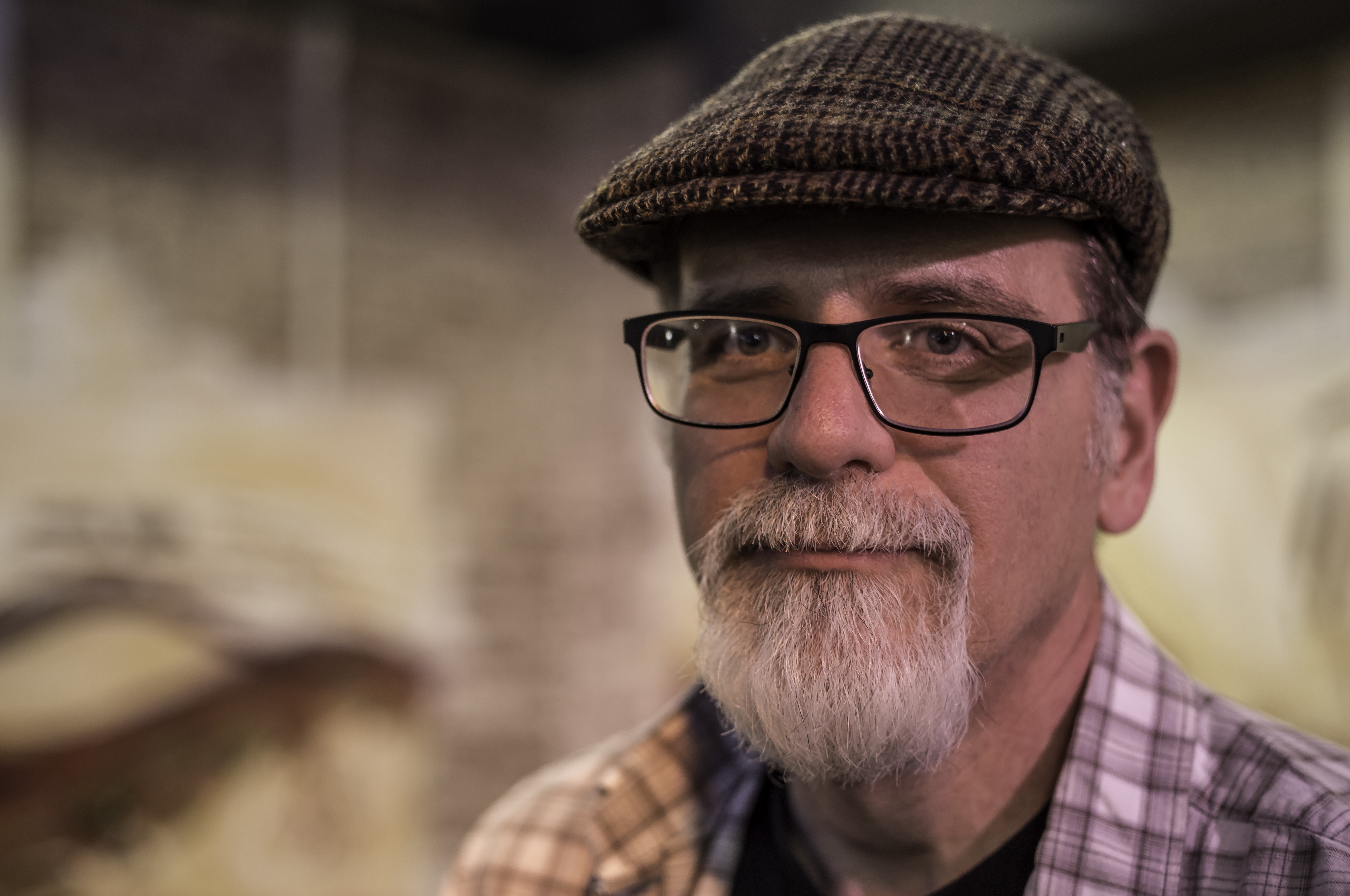Tangerine and Risttuules (In the Crosswind)
Two films
What does it mean to have a homeland and to long to return to it, or to choose to stay where you are because you have buried too many family members to pick up and leave again? What is worth sacrificing for your homeland? Two recent Estonian films flirt with answers to that question with very different narratives and styles.
Two recent Estonian films flirt with answers to that question with very different narratives and styles.
Tangerine opens in 1992 with a saw blade running through a board as Ivo makes another tangerine crate. He is Estonian but has lived in the Caucasus region for years. As the conflict between Georgia and Russian-supported Abkhazia heats up, many Estonians leave for their ancestral lands. Ivo can’t leave before the tangerines are harvested. There may be more than that to his decision, but we know that his granddaughter has already left.
Within days, an injured Chechen mercenary arrives on his doorstep. It isn’t long before a wounded Georgian joins the household and they must, at least for the moment, learn how to live together until they all get well enough to leave—and presumably once again try to kill each other. Tangerine doesn’t dazzle with the cinematography but with its characters as they begin to develop their relationships. We watch as ethnic and religious differences are stretched by a common humanity. Ivo’s story is gradually revealed, but we are never really sure what kept him from leaving when the war broke out. It is a story worth watching, especially at this time when we hear suggestions from all quarters to be afraid of those who are different from us. Maybe we can learn something from Ivo, who doesn’t seem to get rattled, but goes on making tea, making crates, and caring for the wounded.
A month ago, I was halfway through my eight-week sojourn in the Baltic countries, something I have done, with students, almost every other summer since 2004. In Tallinn, Estonia, I met Anu for coffee. I had interviewed her for my Baltic Way project in 2013. She brought me a DVD, Risttuules, since she thought I should see it. She confessed that she rarely watches these sad movies about the past, since they hold so many memories, but this one she thought was special. As she expected, I did find it beautiful and painful.
Risttuules (In the Crosswind) opens with the voice of Erna remembering the past, the orchard, the loving family, the sunlit house. We see it all in glowing black-and-white cinematography with luxurious slow motion. We soon discover these memories are being written down, from Siberia, in a letter to Huldar, her husband. We see Huldar tie a ribbon around her waist and promise that this will keep them together forever. The peaceful life is shattered on June 14, 1941, when more than forty thousand Estonians, Latvians, and Lithuanians are deported to Siberia by Stalin-led forces. Erna and their daughter, Eliide, are loaded onto one train car while Huldar is forced into another one. The only words we hear for the duration of the film are those coming from the letters of Erna, until near the end of the film when we hear the words of one letter from Huldar. Starting with the deportation, the style of the cinematography changes greatly. Each scene, from the arrest, through the journey to Siberia, and the long years of the harsh life in Siberia, is one long still image. The only thing that moves through each scene is the camera, slowly revealing each character’s actions and emotions, but without any physical movement. The sounds, however, continue to create a dreadfully slow experience of being trapped in time. Martti Helde, the director, says the idea came when he read one of the letters sent back from Siberia, with the line “I feel like time has stopped here in Siberia. That my body is in Siberia, but my soul is still in my homeland.”1
Time does drag on and on as each scene forces us to look at each detail—or at least each detail that Helde wants us to see. The transitions between each scene are designed to be seamless. Sometimes we move into a scene; as the camera pulls back out, the scene has changed or reveals new information. In one scene, the camera moves past a window, where we look out. The camera moves across the wall to the next window, and the scene has changed. The amount of planning to make Risttuules was stupendous, since each shot could only take the amount of time that it appears on the screen. There are no edits within the scene. While the technique is fascinating, what is important is that this style delivers the story.
It is, however, the voice of Erna reading the letters that drives home the emotional content of the film (and this despite reading subtitles). She is trapped, but she has not lost hope. She will return to Estonia, her homeland, and she will find Huldar. Does she regret that she did not flee before the deportation, like many of her family? It seems that even in the midst of this pain she understands that she could never leave Estonia, Huldar, or her love of life by choice.
I suggest you make the effort to see this film, since the story is one I have heard from many in the Baltics, and Helde does such a masterful job of creating this experience to help us feel it.
¹Tangerine is available on Amazon Prime; unfortunately, the only place I could find Risttuules (In the Crosswind) for sale is on an Estonian website: http://www.apollo.ee/en/risttuules-dvd.html.
All reviews express the opinions of the reviewer, not necessarily the views of Third Way.




